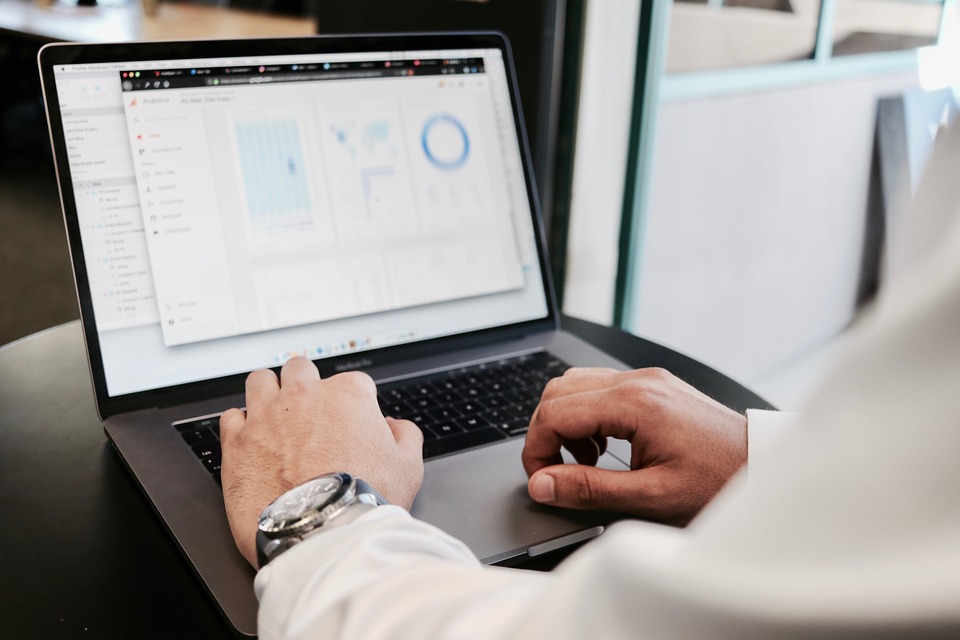E-commerce has been on the rise in India for the past few years, and with the recent pandemic, it has only accelerated the growth of online shopping. As more and more businesses move their operations online, web design will play a crucial role in the success of e-commerce.
The future of e-commerce web design in India will be focused on creating a seamless user experience that is personalized, mobile-friendly, and visually appealing. Here are some trends that we can expect to see in the coming years:
1. Mobile-first design
With more than 500 million smartphone users in India, mobile-first design will be a crucial element in e-commerce web design. Websites will be optimized for mobile devices, with a focus on speed and ease of use. A mobile-first approach will also ensure that the website is accessible to a wider audience, including those who are on the go and prefer to shop using their mobile devices.
2. Personalization
Personalization is becoming increasingly important in e-commerce web design. Customers expect a personalized experience that caters to their individual needs and preferences. In the future, we can expect to see more websites using data analytics and AI to personalize the user experience. This can include personalized product recommendations, customized search results, and targeted marketing messages.
3. Visual storytelling
Visual storytelling is a powerful tool for e-commerce web design. Images and videos can help to convey the brand’s story and create an emotional connection with the customer. In the future, we can expect to see more websites using high-quality visuals, such as 360-degree product images and virtual reality experiences, to engage customers and enhance the shopping experience.
4. Voice search optimization
Voice search is becoming increasingly popular in India, with more and more people using virtual assistants like Siri and Alexa to search for products and services. In the future, e-commerce websites will need to be optimized for voice search to ensure that customers can find what they are looking for using natural language queries.
5. Augmented reality
Augmented reality (AR) is already being used in e-commerce in India, with some websites allowing customers to try on clothes and accessories virtually. In the future, we can expect to see more websites using AR to enhance the shopping experience, such as allowing customers to see how furniture will look in their homes before making a purchase.
In conclusion, the future of e-commerce web design in India will be focused on creating a seamless user experience that is personalized, mobile-friendly, and visually appealing. By embracing these trends, businesses can stay ahead of the competition and provide their customers with an exceptional online shopping experience.





